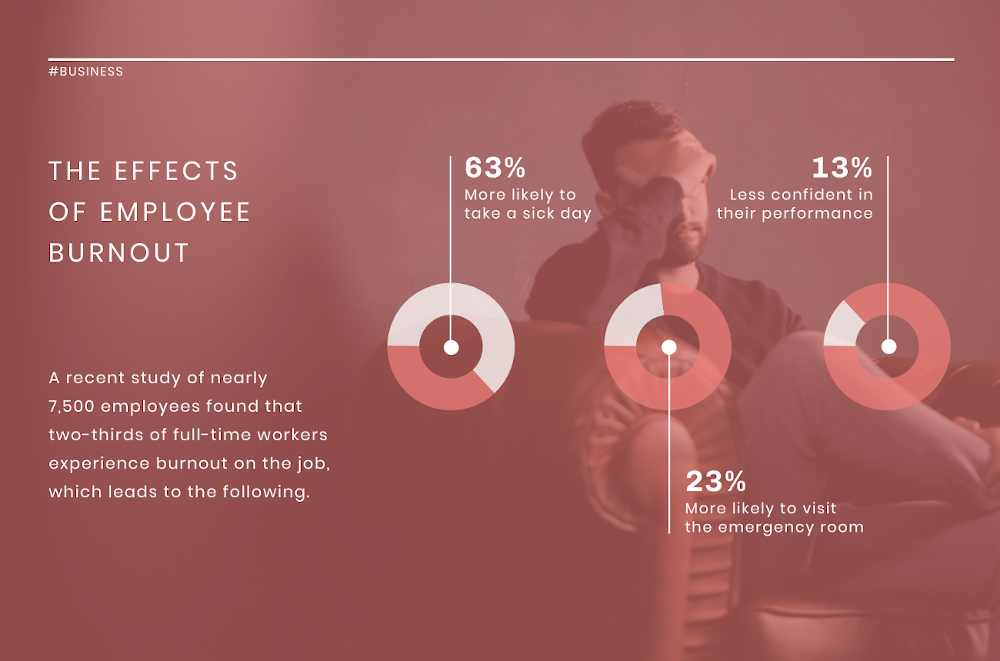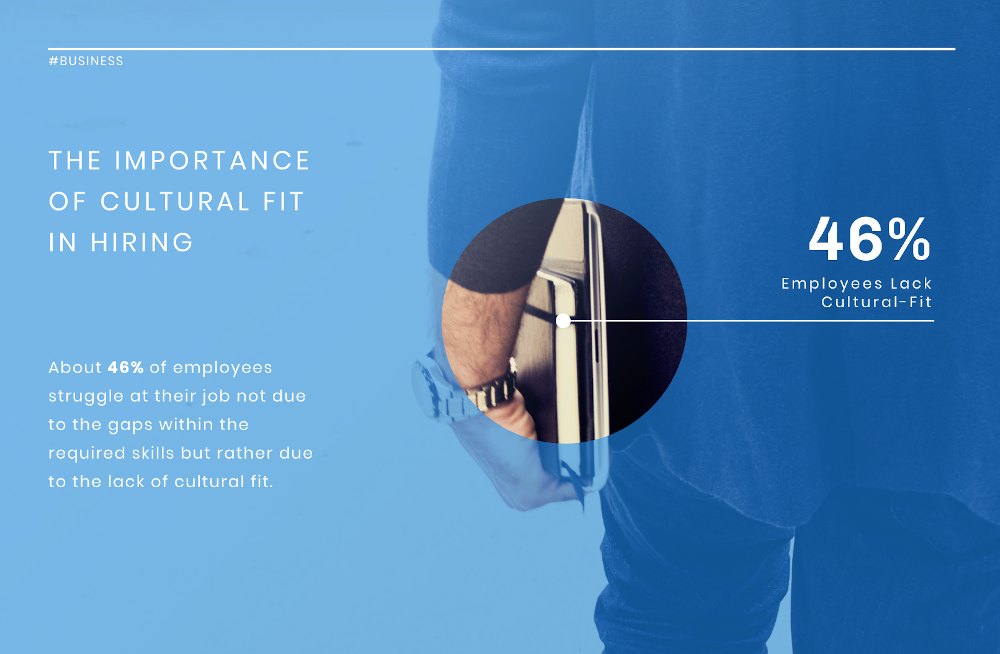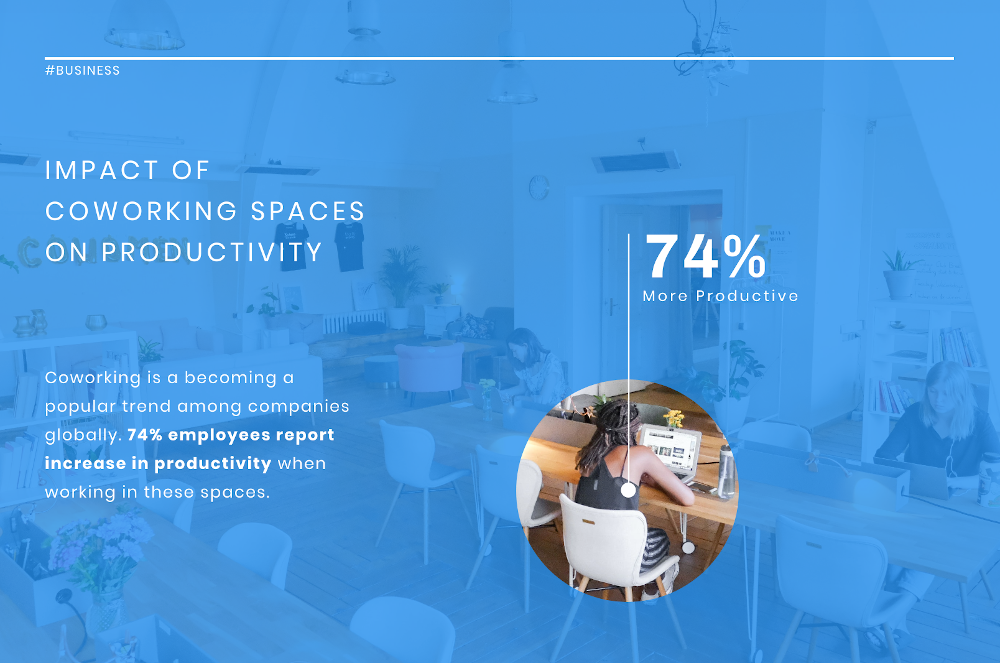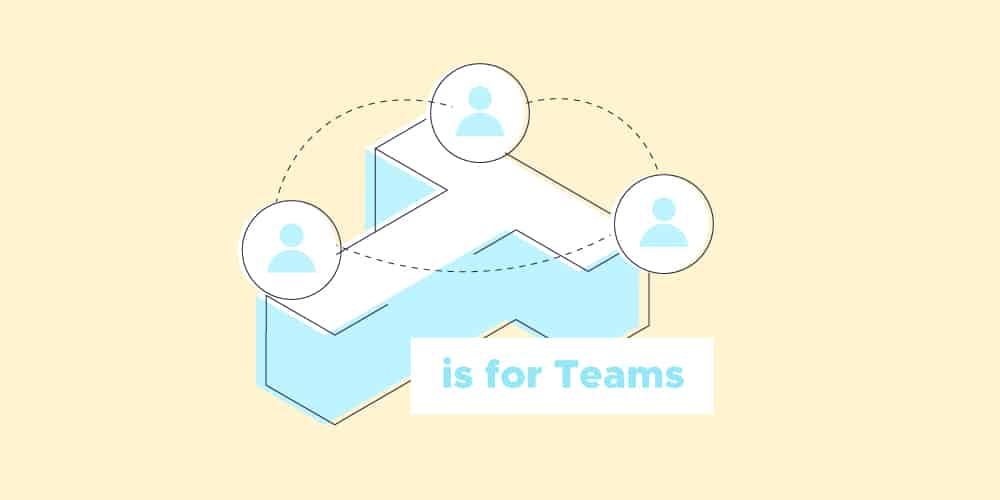I’m sure you’ve seen these headlines:
“X company voted the best place to work”
“The best places to work in 2019”
“X company voted the best for diversity”
While there are always different factors taken into consideration when giving such a reward, one common denominator is always workplace culture.
Why?
Because it has a big influence on our work, our families and our lives. It encompasses everything that makes us, as employees, engaged and happy.
So what constitutes a great workplace culture and why it should matter to employers as well? To find the answers to these and other culture-related questions, we sat down with Piktocharts’ People Success Officer, Shen Dee Quah, and we talked about all things culture and more.

Here’s what we learned:
Shen Dee, how would you describe workplace culture and how important it is?
Workplace culture is an environment where people share common values in achieving a shared goal. Often people get confused, thinking it is an environment of conformity, but this is not the case. Values are important as they serve as a guiding principle as to how a company should operate, and how people should behave. It is unique to the company and can be a primary factor in attracting the right candidate.
What are the elements that contribute to building a contagious culture?
It starts at the top. Leaders will have to walk their talk and lead by example. Secondly, companies need to recognize employees who embody the values to encourage them to influence others. Employees can be great ambassadors; from how they present themselves to making an impression on others. A lot of it comes out from how they act or what they say.
Does workplace culture equal workplace happiness? What’s your opinion on this?
In my opinion, absolutely. If one doesn’t thrive in the workplace culture, one can easily feel discouraged and frustrated. Employees will feel like they don’t belong.
Do you think a good workplace culture can help prevent employee burnout?
Yes. Good workplace culture will create an environment where employees can ask for support anytime they need or negotiate a realistic timeline with affected stakeholders without any consequences.
Who should be responsible for creating a great work environment?
Everyone in the company. But if you ask the employees, they might think it is the management’s responsibility. There’s no doubt that leaders play an important role in becoming role models, but it is equally important for every employee to understand how important their role is in making others feel excited about coming to work and exchange ideas.
What does cultural fit mean to you?
To me, cultural fit means how well the person can adapt and thrive in a given environment. It is about understanding company values, how the company works and makes decisions. Whether or not we can adapt to the environment determines if the person is a cultural fit.
Based on research with 20,000 new hires, made by CEO of Leadership IQ, Mark Murphy, 46% of employees struggle at their job not due to the gaps within the required skills but rather due to the lack of cultural fit. In your opinion, how important a cultural fit is when it comes to hiring?
It is very important, if not more important than technical skills. Many times, it has been observed that someone new comes in with certain expectations of how things should work. Their unwillingness to adapt to the new environment causes disruption and can make other employees unhappy. Again, not to be confused with conformity, but at the end of the day, it is about respecting the company values as it is the company’s DNA. This is what makes the company unique.
How do you evaluate a candidate and hire an employee for cultural fit? How do you know if someone you’re interviewing will be a good fit for the company?
We normally ask questions to understand how a person approaches their work, we talk about their views on their current leaders etc. Then we decide if it aligns with what we are as a company. If a candidate voices out certain expectations of how things should work, we will be transparent about what we can offer and what we can’t. If we see a strong hesitation from a candidate, they are not willing to change their approach or they don’t believe in our values, it is a clear indicator that this person is not a cultural fit.
Apart from the skill set needed, what do you look for in a potential employee?
We look for people who are open-minded and ready to embrace diverse opinions or a new way of doing things. Team players with humility to admit mistakes, who has shown adaptability in a varied working environment. Also, we look for flexibility and a willingness to learn.
Piktochart is partly a remote company. How does this impact the company’s culture?
Being a semi-remote company is challenging because we need to especially keep in mind our remote team. Their experience relies heavily on communication via text which sometimes can be easily misinterpreted. Not having a full picture of what’s going on can also be challenging for them. When designing policies or setting up processes, we need to be mindful of that and ensure that they are remote-friendly.
According to global research by Deskmag, employees report being 74% more productive in co-working spaces, 86% have more extensive business networks, and over two-thirds feel more creative and collaborate on more projects. How do you make sure that remote employees at Piktochart are productive, collaborative, and happy?
Having weekly 1:1s with their managers is important to get a pulse of how happy they are with their work. We organise company-wide, Monday afternoon meetings to ensure our remote employees are being kept informed of company decisions/direction. We also encourage our employees to always have their camera on during online calls to have this personal connection. We provide co-working space subsidy for our remote employees to connect with the community so that they don’t feel isolated. When working on projects, we use various collaboration and communication tools to make sure everyone knows what the projects are about, or who the stakeholders are. Being responsive and listening is important too. This way we ensure that the remote team’s voices are always heard.
Workplace culture is something we all create on a daily basis at work. But it should also be clearly communicated to everyone to make sure people know how to positively contribute to it. If you want to put your values in writing, you can start with this Company Culture template to help you put everything in one (visual) place.





